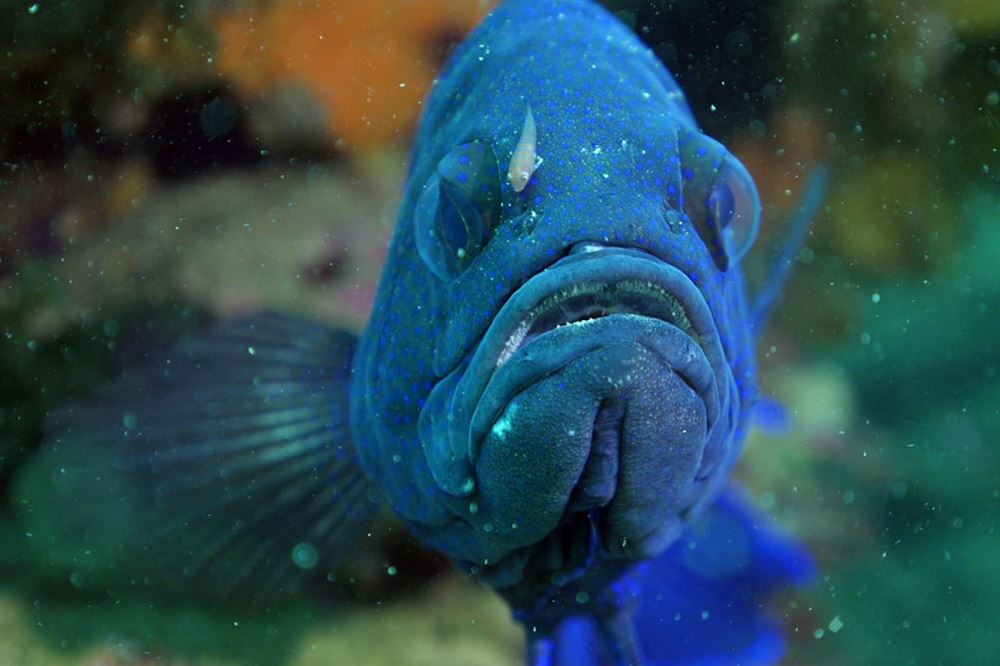In more news coming out of the UK (London or Glasgow?), our travelling ambassador has drawn our attention to The world’s fish are shrinking as the climate warms. We’re trying to figure out why (theconversation.com).
According to that web page, the world’s fish are shrinking as the climate warms. The article is written by Associate Professor Timothy Clark, Animal Ecophysiology, Deakin University. He states that they’re trying to figure out why the world’s fish are shrinking as the climate warms.
The article starts off with “Fish …. provide vital sustenance to billions of people worldwide via fisheries and aquaculture, and are critical parts of aquatic ecosystems. But fish around the world are getting smaller as their habitats get warmer. For example, important commercial fish species in the North Sea have declined in size by around 16% in the 40 years to 2008, while the water temperature increased by 1–2℃. This “shrinking” trend is forecasted to significantly exacerbate the impacts of global warming on marine ecosystems.
“The link between warmer water and smaller size is well known, but poorly understood. Our experiments keeping fish in warmer water offer some crucial clues – and may help us learn how to prepare for a warmer future with smaller fish.”
It the discusses “The temperature–size rule” – “Fisheries are a potential confounding factor when studying the effect of warmer waters on fish, because fisheries often target large fish. Removing these larger fish from the population benefits the survival of fish that mature quickly and reproduce at a younger age, when they are smaller.”
The rest of the article covers questions such as: –
“How do we tell the difference between the impacts of climate warming and those of fisheries?”
“Warmer water means smaller fish, but why?”
“Is reproduction the key?”
It concludes with the statement, “As our work continues, we also look to the future and think about the ramifications to fish and the industries that rely on them. Fish cannot keep shrinking forever. There is a minimum size that each species must reach in order to maintain a viable population.
“If species reach their specific thermal limits in particular locations, they will not be able to reproduce and they will cease to exist in those locations. If their entire habitat range becomes too warm, the species will become extinct.
“These considerations of smaller fish and shifting thermal habitats will be critical for the sustainability of fisheries and aquaculture industries as we continue into a future with a warmer, more extreme climate. Our efforts to quantify and forecast the impacts will help resource managers and industries prepare for climate-linked disruption.”
The article features a couple of photos and links to relevant work.
(Header photo shows a Southern Blue Devil being attended to by a Western Cleaner Clingfish – Photographer unknown)

